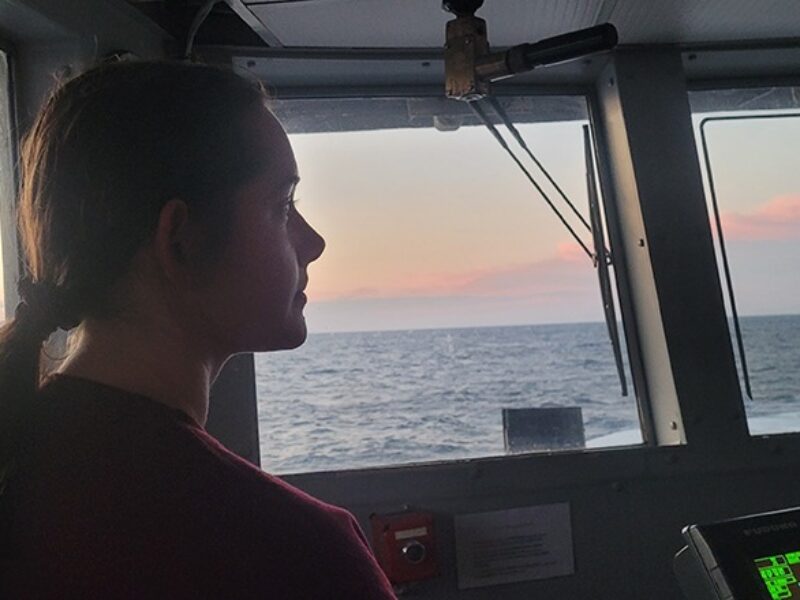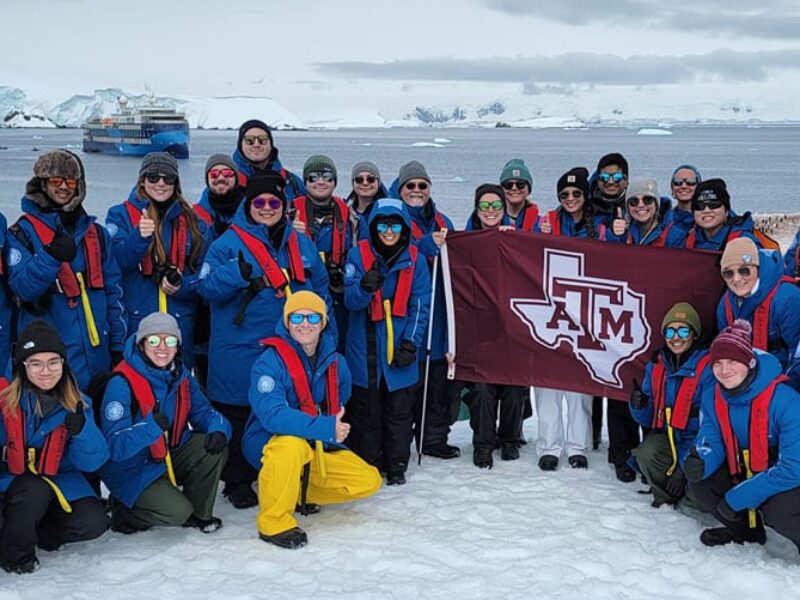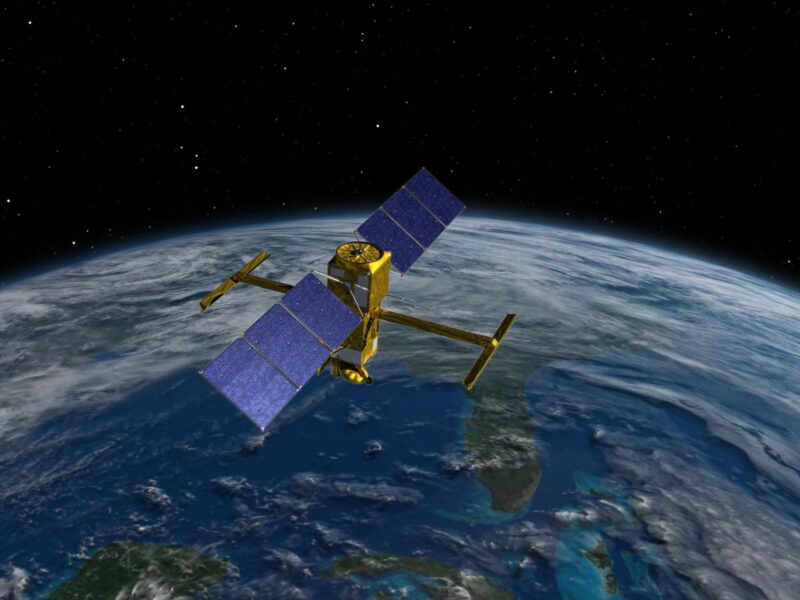Aggie Oceanographer And Geographer Named 2024 US Science Envoy

Dr. Dawn Wright, chief scientist of the Environmental Systems Research Institute (Esri) and a 1986 Texas A&M University graduate in oceanography, has been selected by the U.S. Department of State as a 2024 U.S. Science Envoy.
Wright, a leader in the development of data science for the oceans, is one of four eminent U.S. scientists and engineers added earlier this month to the program as its first-ever all-female cohort. She and her fellow 2024 honorees join 30 predecessors tasked with leveraging their expertise and networks to forge connections and identify opportunities for sustained international cooperation in a global quest to address shared challenges, champion innovation, and demonstrate America’s scientific leadership and technical ingenuity.
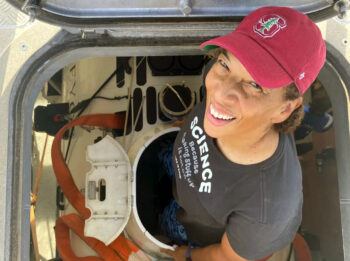
The U.S. Science Envoy program was established by the Secretary of State in 2010 to help inform the Department of State, other U.S. government agencies and the scientific community about opportunities for science and technology cooperation. As U.S. Science Envoys, Wright and the other 2024 cohort members will travel as private U.S. citizens to engage internationally with civil society as well as government interlocutors. Each was selected to take advantage of respective expertise in key issues facing the world today: artificial intelligence, fusion energy, civil use of space and ocean sustainability.
In addition to a master’s in oceanography from Texas A&M, Wright earned a Ph.D. in physical geography and marine geology from the University of California, Santa Barbara, in 1994. As a specialist in marine geology, geography and oceanography, her work has focused on mapping the ocean floor in locations all over the world. She has completed oceanographic fieldwork in some of the most geologically-active regions on the planet, including the East Pacific Rise, the Mid-Atlantic Ridge, the Juan de Fuca Ridge, the Tonga Trench, volcanoes under the Japan Sea and the Indian Ocean, and American Samoa.
Wright was appointed chief scientist at Esri in 2011 after 17 years as a professor of geography and oceanography at Oregon State University, where she ran her own laboratory, fittingly dubbed Davey Jones’ Locker, and continues to hold a courtesy appointment. Her research interests include geospatial data science, seafloor mapping, coastal/ocean informatics, and environmental education. She has also assisted with several outreach and policy programs in an effort to encourage more minority and female students to consider careers in the sciences.
Wright credits her own childhood in Hawaii for her initial interest in oceanography and her time in the Texas A&M Department of Oceanography for exposing her to the map to her future — the 1977 World Ocean Floor Panorama by Marie Tharp and Bruce Heezen. “It was the first in history to hint at the full scope of what lies beneath the blue,” she shared in a 2019 article for Bloomberg.
Wright’s fascination with Tharp as the inventor of marine cartography and her insatiable curiosity about the unexplored later fueled her first move after earning her master’s degree — a post as a marine technician with the National Science Foundation-funded International Ocean Discovery Program (IODP) aboard the scientific drilling ship JOIDES Resolution. She sailed on 10 expeditions before leaving in 1990 to pursue her Ph.D. at UC Santa Barbara, where she worked with Dr. Rachel Haymon to perfect her seafloor data mapping skills using the then-cutting-edge data software ArcInfo, the precursor to ArcGIS.
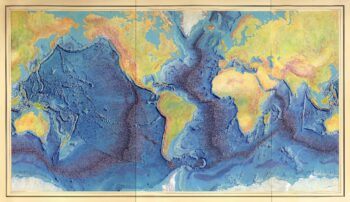
In 1991 during the early stages of her doctoral studies, Wright became the first African-American woman to dive to the ocean floor in Alvin, a deep-sea submersible vehicle. Two decades later in 2022, she became the first — and only — African-American to dive to Challenger Deep in the Pacific Ocean, the deepest and most unexplored place on Earth.
During the past decade at Esri, Wright has written and contributed to some of the most definitive literature on marine geographic information system (GIS) technology while also leading the team that created the Ecological Marine Units (EMUs), a 3D digital ocean that creates a better understanding of marine environments and how to plan for more sustainable activities there in the wake of climate change. She is an elected member of both the National Academy of Sciences and the National Academy of Engineering as well as the American Academy of Arts and Sciences. Last fall, she was honored with the 2023 Women of Discovery Award as a WINGS WorldQuest Fellow.
Four decades after arriving in Aggieland, Wright’s ties to Texas A&M remain strong, particularly through The Association of Former Students. In addition to being an active member of the Southern California Texas A&M Club, she is a member of the Black Former Student Network and the Aggie Women Network.
Media contact: Shana K. Hutchins, shutchins@tamu.edu
